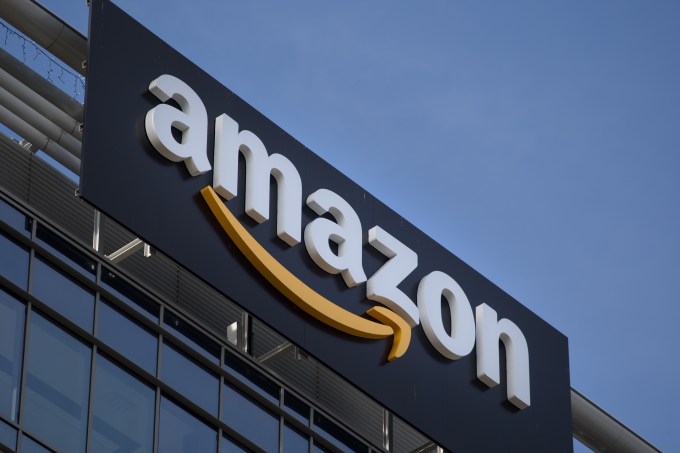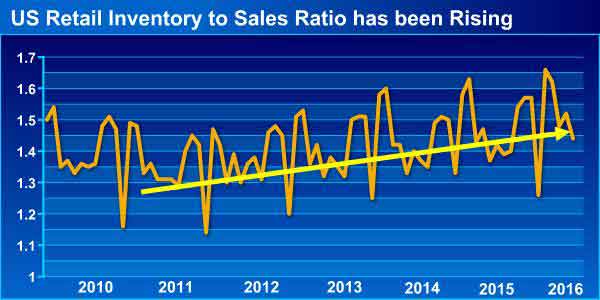John Gattorna: ‘It’s all about customer segmentation’
|
By Martijn Lofvers
“It’s all about customer segmentation,” was how John Gattorna, professor of supply chain management in Sydney as well as various other places, summed it up during the European supply chain conference in Barcelona. “End-to-end supply – the complete value chain from the customer’s perspective – is the only correct approach. The problem is that many companies are stuck with just a single supply chain, ‘one size fits all’. That was disastrous during the economic crisis when companies were forced to act. All the different projects just made things worse. You can liken it to a golf swing: the harder you slice the ball to the left, the more it shoots off to the right.”
Different approaches to customers
According to Gattorna, who has conducted lots of practical research into company supply chains, the only solution is to take an ‘outside-in’ view of the organisation and to subsequently reduce complexity. “It’s a matter of ‘reverse engineering’ the supply chain, from the customer’s perspective. That’s design thinking. You have to recognise customer patterns and you’ll then see that it’s all about customer segmentation. A single supply chain is not enough. Based on the theory of the Swiss psychiatrist and psychologist Carl Jung, companies experience four or five dominant forms of customer behaviour that account for 80 percent of their business. Myers-Briggs developed this into a classification of people’s personalities in order to form teams. However, most company structures originate from the time of the industrial revolution and are completely outdated.”
Gattorna cautioned that customers are very dynamic and their buying behaviour can change quickly. “That’s why Zara works with customer-specific multifunctional teams of around 30 people each. After a couple of years the team members go back into a vertical role such as production, logistics or sales. The functional silos that are commonplace within companies often beg the question: ‘How can we ever expect to communicate with the customer if we can’t even communicate internally?’. Schneider Electric, a manufacturer of electronics for energy management, has internally identified specific customer segments with widely differing customer behaviour.”
A company has to choose a clear approach for each different type of customer buying behaviour. “A preference for collaboration calls for customer relationship management. A lean process suits transactional buying behaviour, and in the case of dynamic buying behaviour then agility is required,” commented Gattorna. He was also very critical of many pointless key performance indicators (KPIs): “In the case of collaborative customers, the most important KPIs are customer retention and a larger share of wallet. Lean revolves around ‘on time in full’ and forecasting accuracy. And highly demanding customers want speed.”






